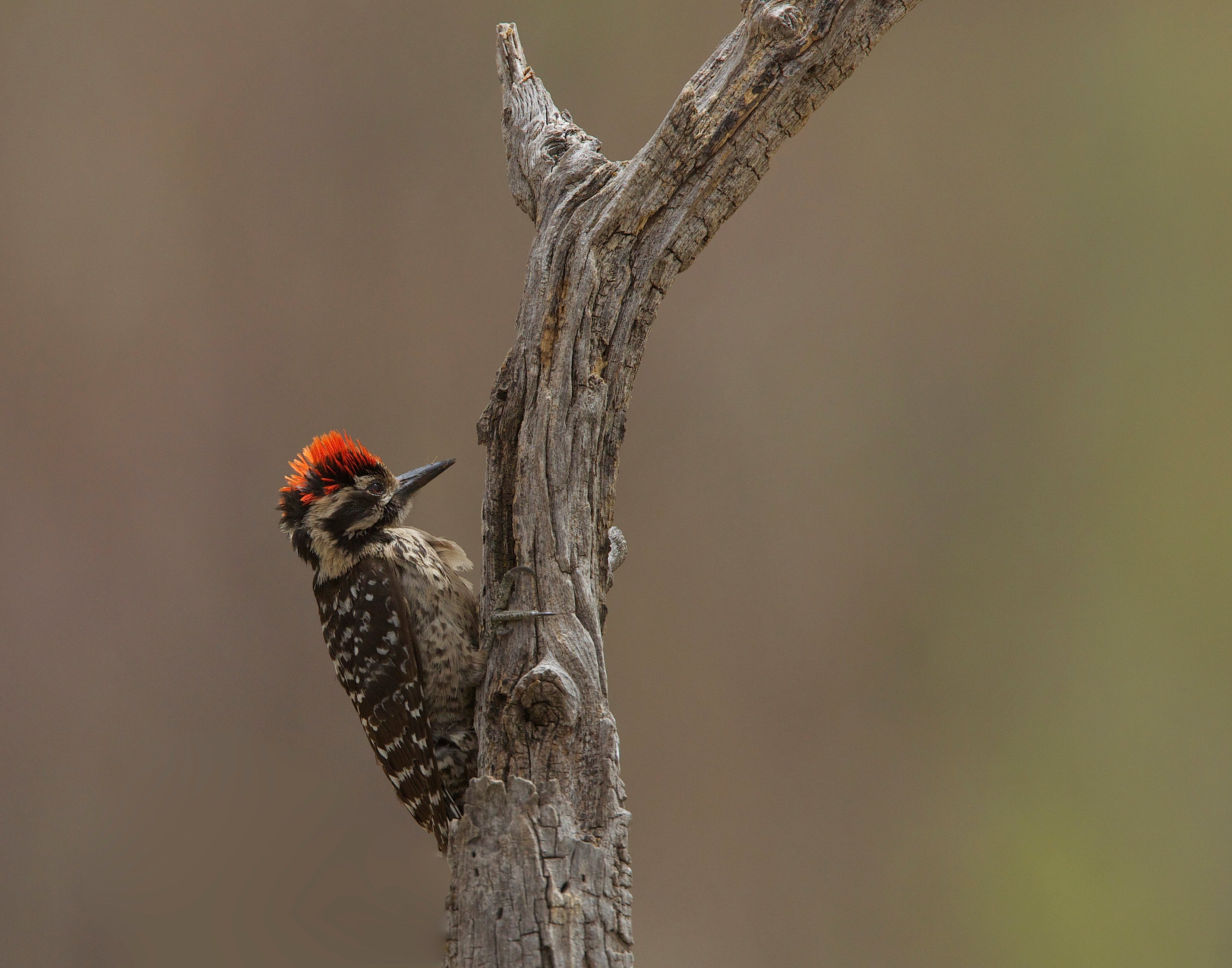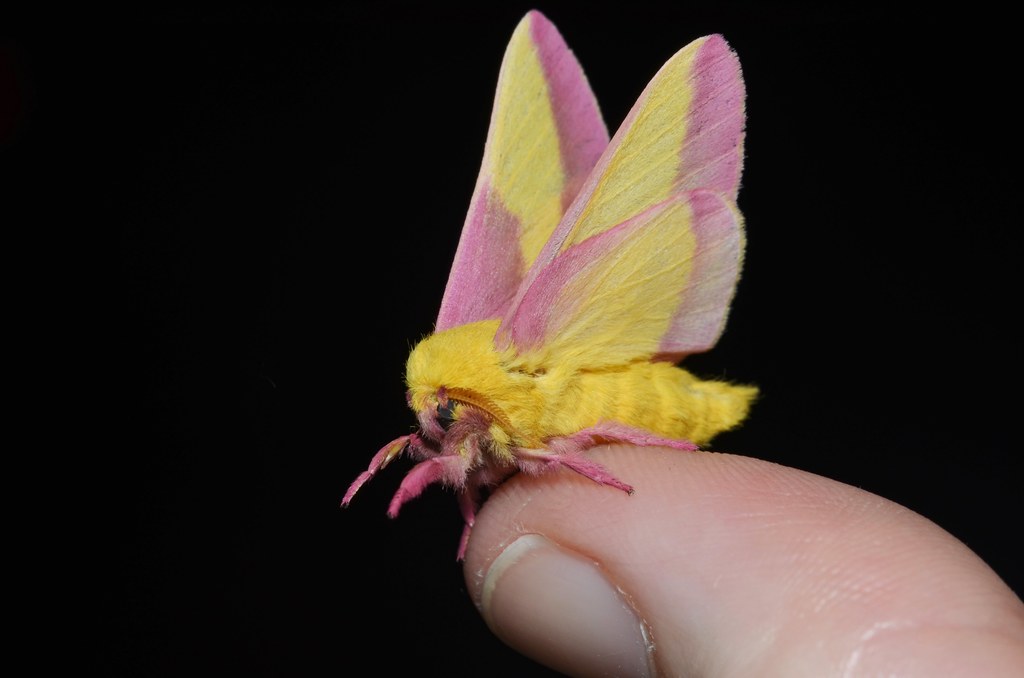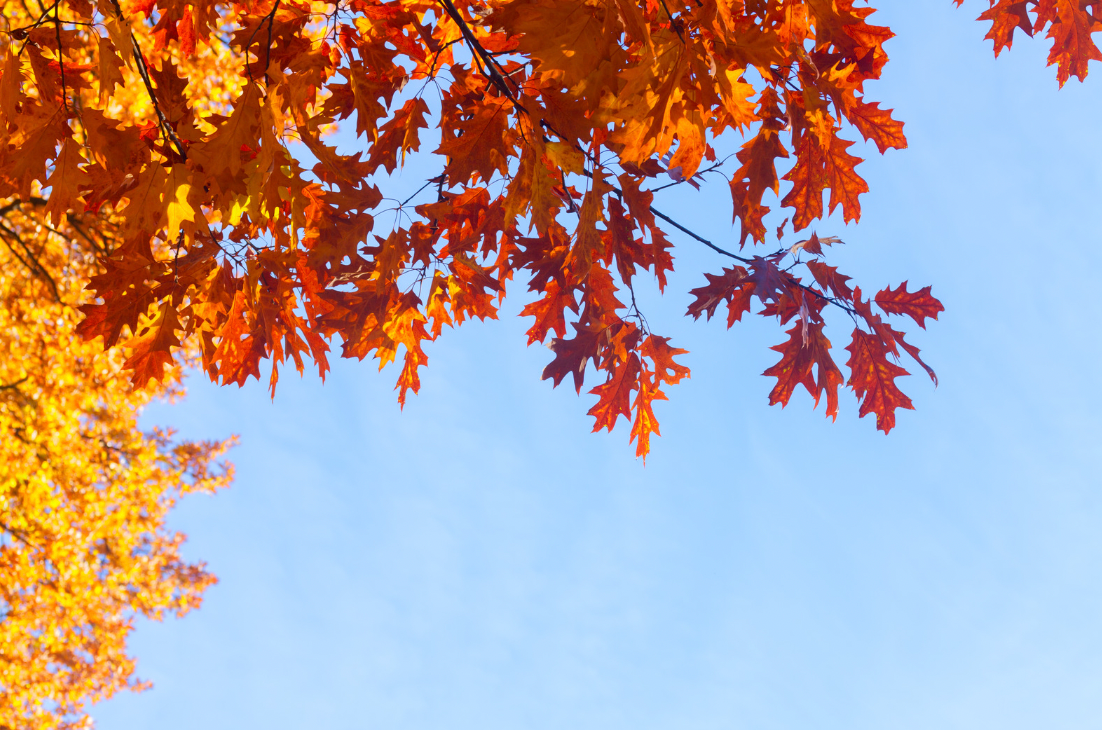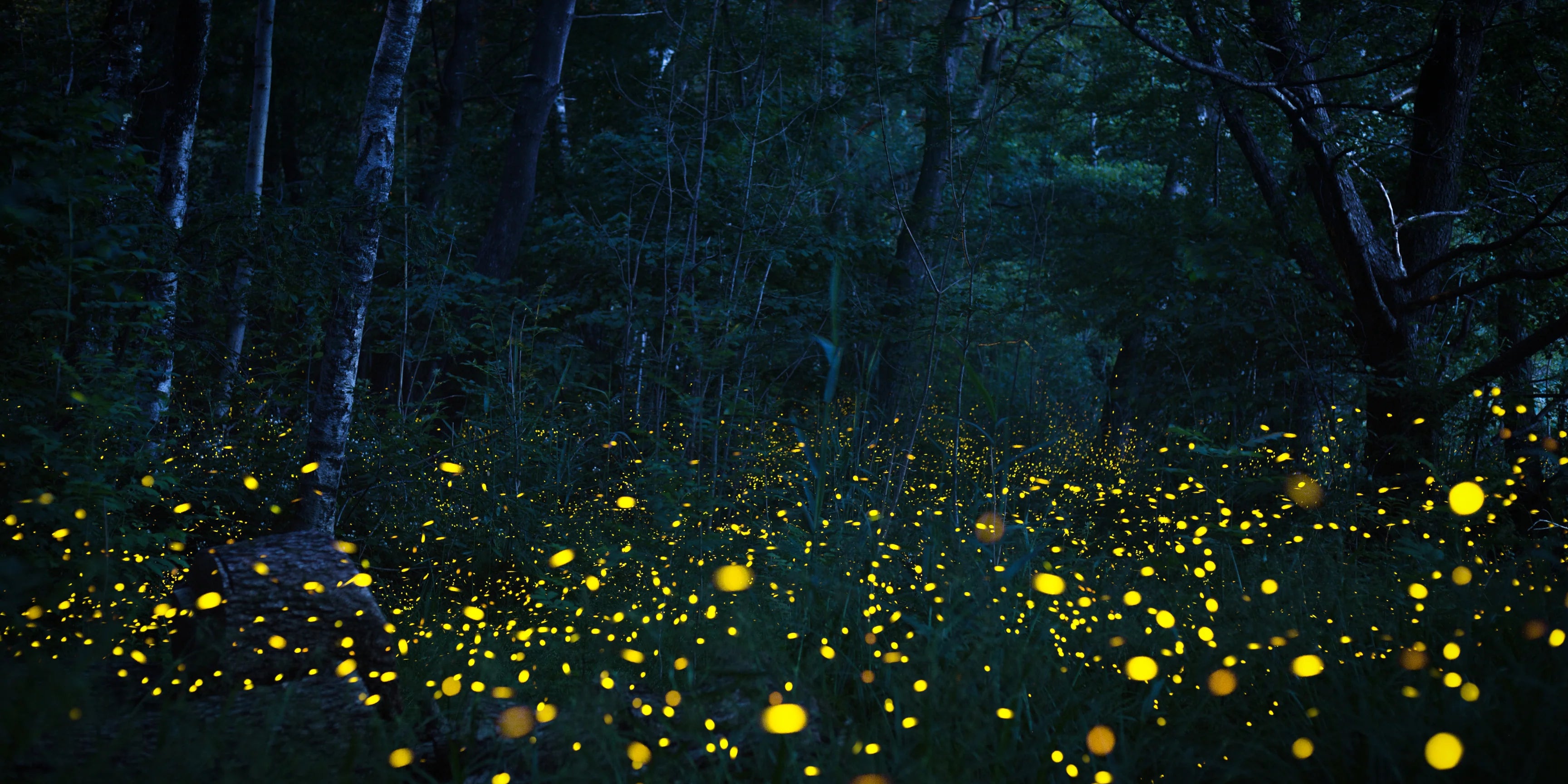Revitalizing Bird Populations: A Guide for Nature Enthusiasts

In recent years, bird populations have experienced a significant drop of up to 25%.
Recent years have seen a troubling decline in bird populations, with some species experiencing drops of up to 25%. Research from the Cornell Lab of Ornithology points to habitat loss, climate change, and pesticide use as major culprits. However, there's hope, and it starts in our backyards. At Native Gardeners, we champion the use of native plants to create bird-friendly gardens. Here's how you can contribute to this avian resurgence:
Embrace Native Plants
Native plants are not just plants; they're the lifeblood of a thriving bird ecosystem. They've evolved alongside local birds, offering perfect refuge and sustenance. These plants do more than just beautify your garden; they're a bug buffet, attracting a smorgasbord of insects for birds to feast on. Mix up your plant choices to provide year-round food sources and consider varying heights for nesting and shelter. The birds you attract, be it the majestic crow or the delicate hummingbird, will reflect your garden's layout. To tailor your garden to specific birds, research their preferences in food and shelter. Remember, a lush garden invites songbirds, while more lawn space might attract grackles and blackbirds.
Water: The Elixir of Avian Life
A bird bath or a shallow pond can be a magnet for feathered visitors. Keep it shallow, clean, and accessible, and consider adding a solar-powered fountain to prevent stagnation. Mosquito Dunks are effective for mosquito control and safe for birds.
Diverse Diet, Diverse Bird Life
Birds, much like teenagers, are always on the lookout for free snacks. By offering a varied menu of fruits, seeds, insects, and nectar, you cater to different dietary needs. Consider planting bird-friendly fruit trees and bushes, and remember to keep feeders clean to prevent disease.
Nesting: Safety First
Provide a mix of birdhouses, nest boxes, and natural nesting sites like old tree stumps. Placement is key; ensure they're safe from predators and offer some solitude. A height of over seven feet is usually ideal for peace of mind.
Pesticides: Less is More
Pesticides not only kill insects, a primary food source for many birds, but can also harm the birds directly. Opt for natural pest control methods and embrace practices like companion planting and natural predators like ladybugs.
Shelter: More Than Just Plants
Diverse foliage provides safety from predators and harsh weather. Choose plants that offer dense shelter but aren't too thick for birds to access. Research the preferences of your local bird species for best results.
Your Role in Bird Conservation
Creating a bird-friendly garden is a step towards countering the decline in bird populations. It's not just an ecological act; it's a way to bring beauty and tranquility into your life.
Bird Favorites for Your Garden
- Eastern Bluebird: A fan of birdhouses, these birds are a common sight in suburban areas and form small flocks when not nesting.
- Northern Cardinal: Known for their vivid red plumage, they're attracted to feeders with sunflower and safflower seeds.
- Black-Chinned Hummingbird: Versatile in their habitat, they're particularly fond of Desert Willows for nectar.
 |
Eastern Bluebird
|
 |
Northern Cardinal
|
 |
Black-Chinned Hummingbird
|
Banner image credit, Ladderback Woodpecker by Gregory "Slobirdr" Smith





